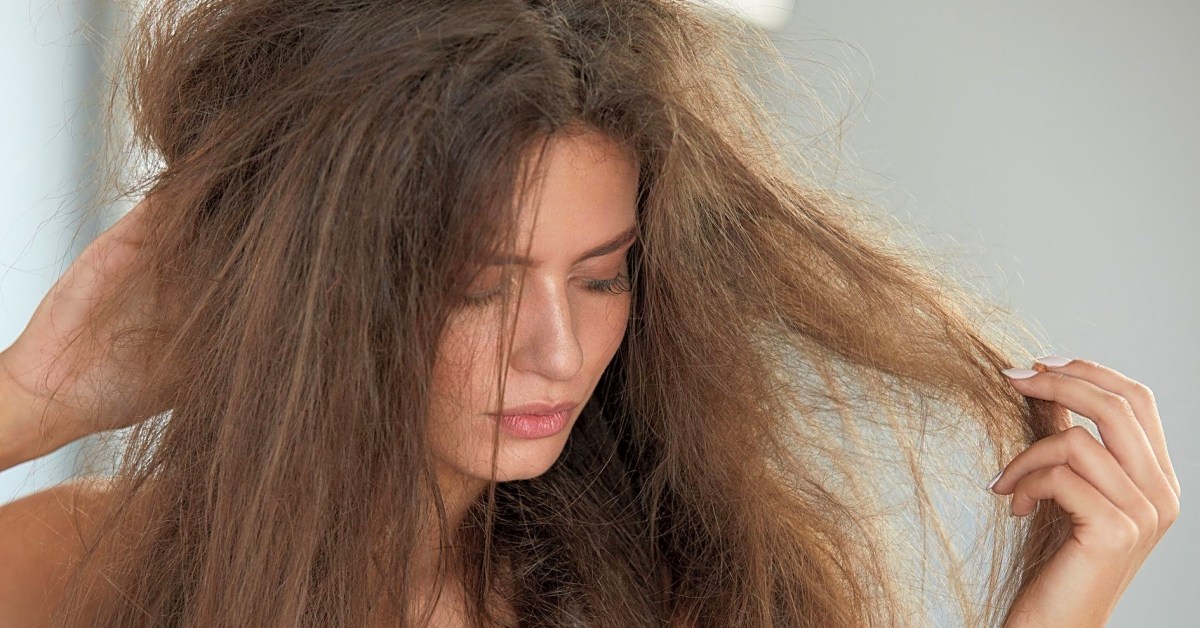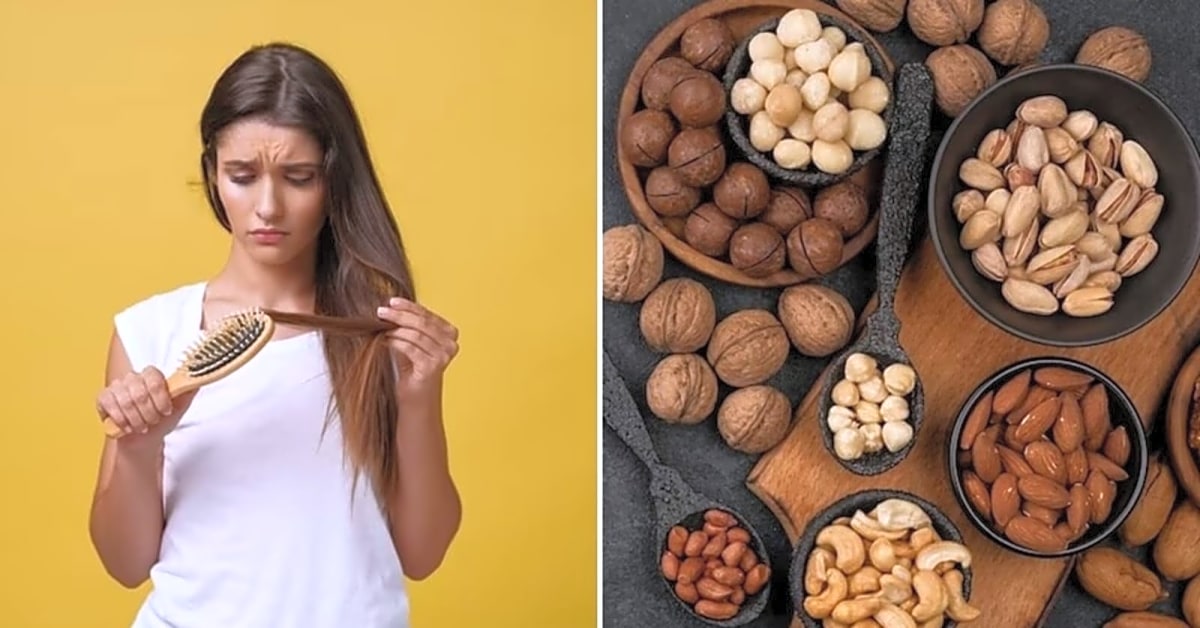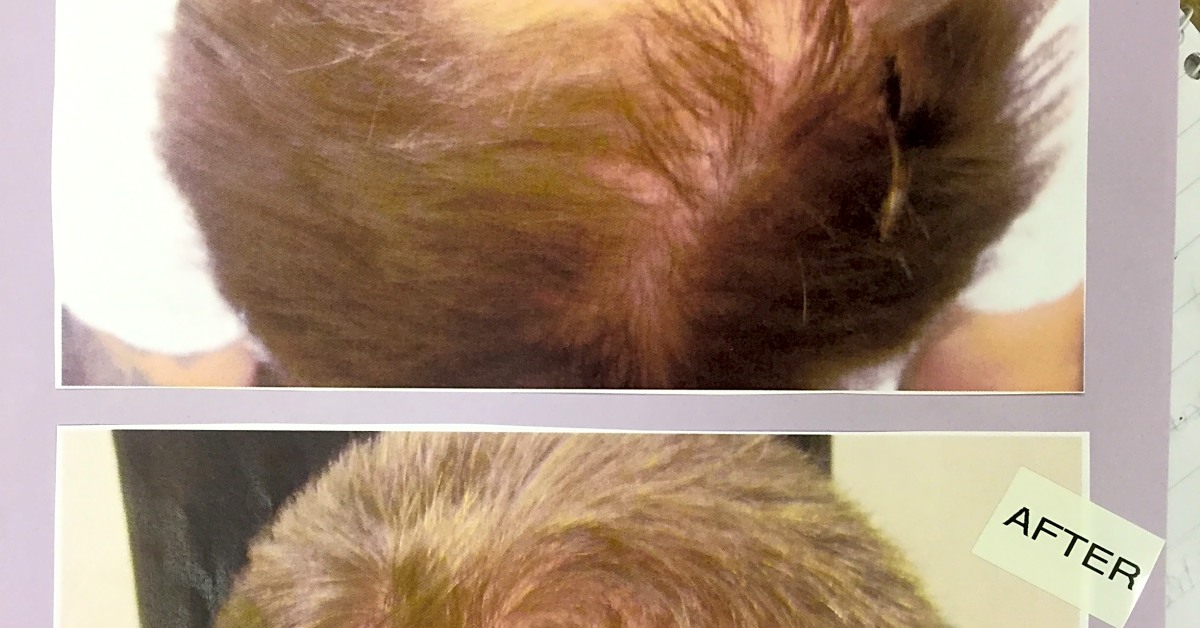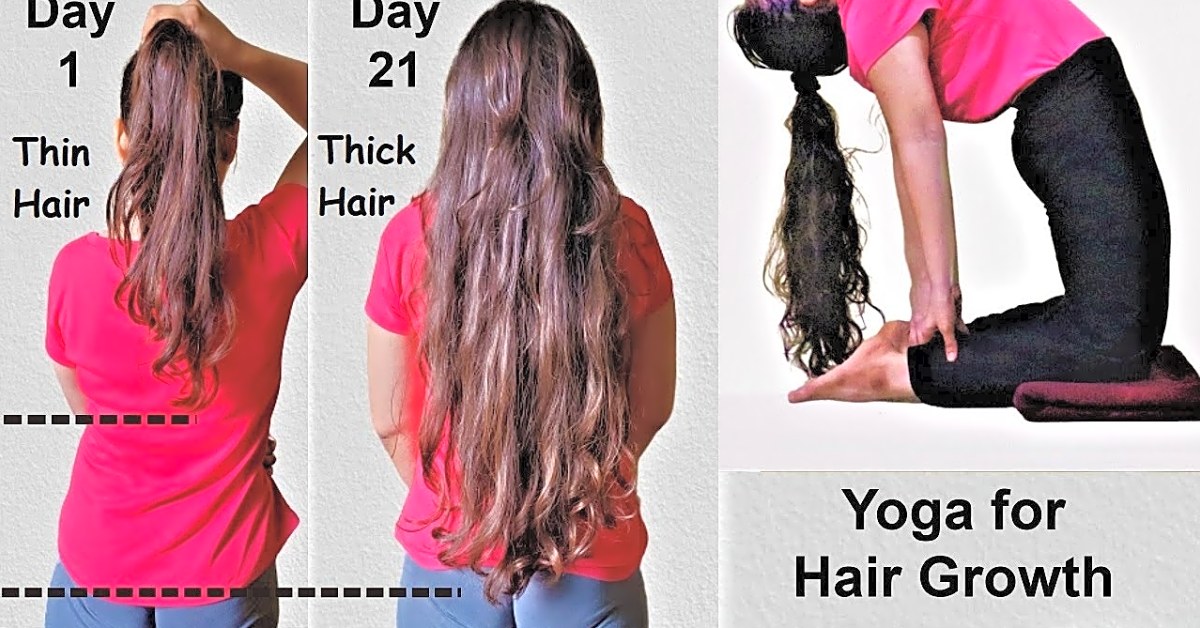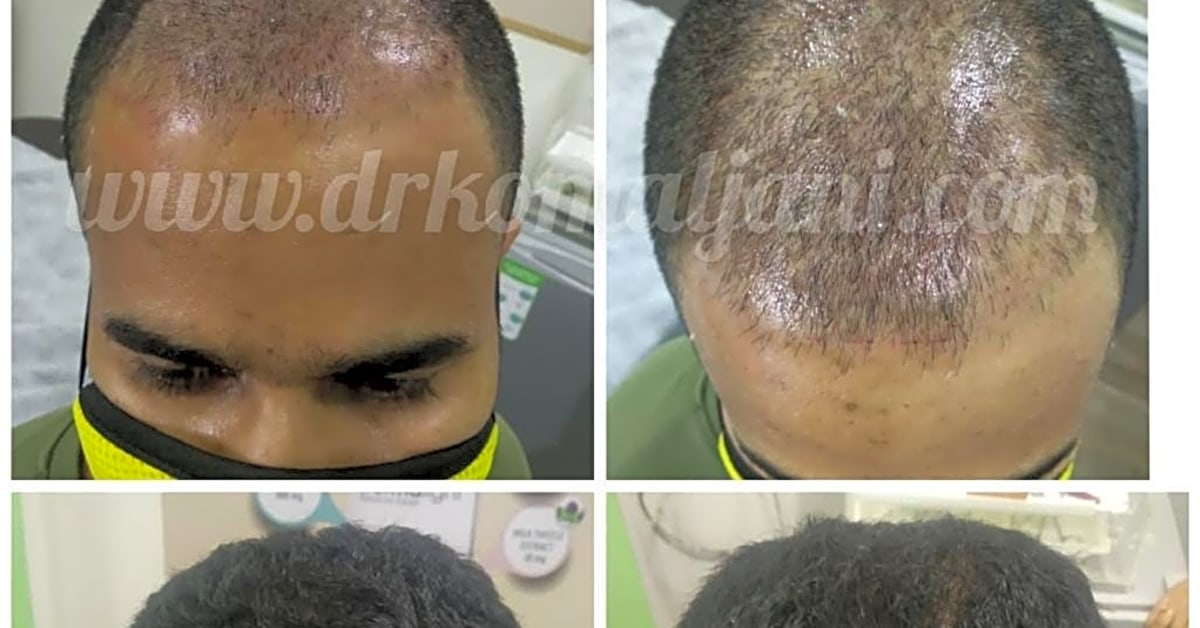Dry and damaged hair can be a frustrating and common hair issue that many people experience. Whether it’s due to genetics, lifestyle habits, or environmental factors, dry and damaged hair can make it difficult to achieve the healthy and luscious locks we all desire. In this article, we will discuss the various causes of dry and damaged hair and provide effective solutions to help you restore your hair’s health and beauty. So, if you’re tired of dealing with brittle and lifeless hair, keep reading to learn how you can combat this common hair issue and achieve the silky, smooth hair of your dreams.
Dry and damaged hair can be a frustrating and common issue for many women. Whether you have curly, straight, thick, or thin hair, it is important to understand the root causes of this problem in order to find effective solutions. In this article, we will explore the main causes of dry and damaged hair and provide tips and product recommendations to help you achieve healthy and beautiful locks.
First, let’s discuss the main causes of dry and damaged hair. One of the most common culprits is excessive heat styling. This includes using flat irons, curling irons, and blow dryers on a regular basis. The high temperatures from these tools can strip your hair of its natural oils, leaving it dry and brittle. Another cause is over-washing your hair. Washing your hair too frequently can also strip it of its natural oils, leading to dryness and damage. Additionally, using harsh chemical treatments such as hair dyes and perms can also contribute to dry and damaged hair.
To avoid these issues, it is important to limit heat styling, wash your hair every 2-3 days, and use gentle hair care products that are free from harsh chemicals. These products should be specifically designed for dry and damaged hair, with ingredients that nourish and hydrate your locks. Look for products that contain natural oils like argan oil or coconut oil, as well as proteins like keratin to help repair and strengthen your hair.
In addition to limiting heat styling and using gentle hair care products, there are other steps you can take to prevent dry and damaged hair. Make sure to protect your hair from the sun by wearing a hat or using a UV protectant spray. Avoid brushing wet hair as it is more prone to breakage, and use a wide-toothed comb instead. Trimming your hair regularly can also help get rid of split ends and prevent further damage.
In conclusion, dry and damaged hair can be caused by various factors including excessive heat styling, over-washing, and harsh chemical treatments. By following these tips and using the right hair care products, you can prevent and repair dry and damaged hair, and achieve healthy and beautiful locks. Remember to be gentle with your hair, protect it from the sun, and trim it regularly to maintain its health and strength.
Different Hair Types Require Different Care
It is important to understand your hair type in order to properly care for it. Whether you have curly, straight, thick, or thin hair, each type requires different care to keep it healthy and hydrated.
Curly Hair: Curly hair tends to be more prone to dryness and frizz due to its natural shape and texture. To care for curly hair, use a moisturizing shampoo and conditioner, and avoid over-washing which can strip the hair of its natural oils. Use a wide-toothed comb or your fingers to detangle, and apply a leave-in conditioner or hair oil to help define and tame curls.
Straight Hair: Straight hair can also be prone to dryness and can become weighed down easily by heavy products. Use a lightweight, hydrating shampoo and conditioner, and avoid using too much heat when styling. Opt for a heat protectant spray before using hot tools, and consider incorporating a deep conditioning treatment into your routine once a week.
Thick Hair: Thick hair can be both a blessing and a curse – while it provides volume and body, it can also be difficult to manage and prone to dryness. Use a moisturizing shampoo and conditioner specifically designed for thick hair, and try using a wide-toothed comb or detangling brush to prevent breakage. Incorporate a weekly deep conditioning treatment and consider using a leave-in conditioner or hair oil to help keep your locks hydrated.
Thin Hair: Thin hair is often more susceptible to dryness as it has less natural oils to keep it moisturized. Use a gentle, volumizing shampoo and conditioner to add body without weighing down your strands. Avoid using too much heat when styling and try incorporating a dry shampoo into your routine to help absorb excess oil without over-washing.
In addition to understanding your hair type, there are other steps you can take to prevent and repair dry and damaged hair. These include using a deep conditioning treatment once a week, avoiding tight hairstyles that can cause breakage, and protecting your hair from the sun by wearing a hat or using a leave-in conditioner with SPF. By following these tips and being mindful of the products you use, you can maintain healthy and beautiful hair.

